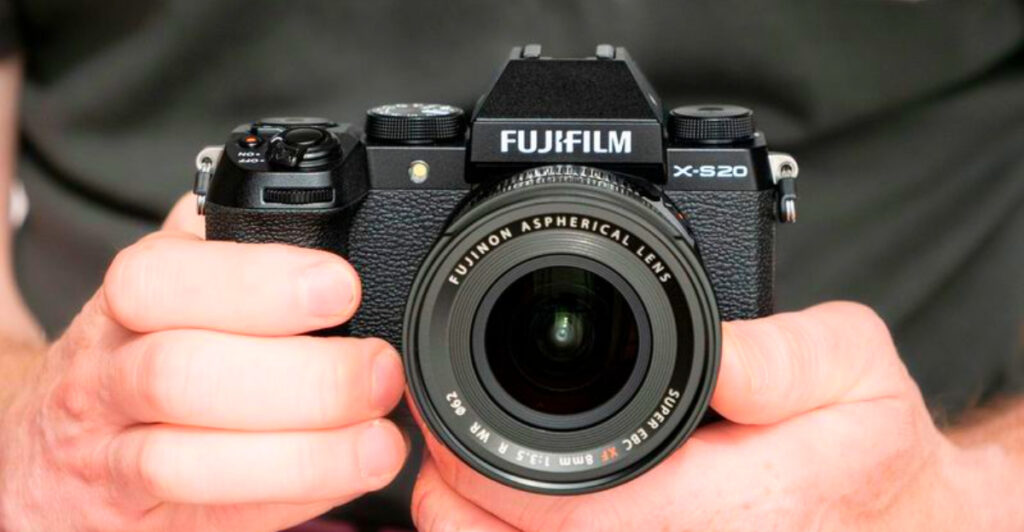Starting your photography journey doesn’t mean you need to lug around heavy, complicated gear. Today’s travel cameras combine impressive image quality with featherlight designs that slip easily into your bag or even your pocket. Whether you’re capturing memories on a family vacation, documenting your adventures abroad, or simply learning the basics of photography, these lightweight options make it easy to shoot great photos and videos without the back pain or intimidation factor.
1. Canon EOS R100 (mirrorless, APS-C) — ~356 g (body)
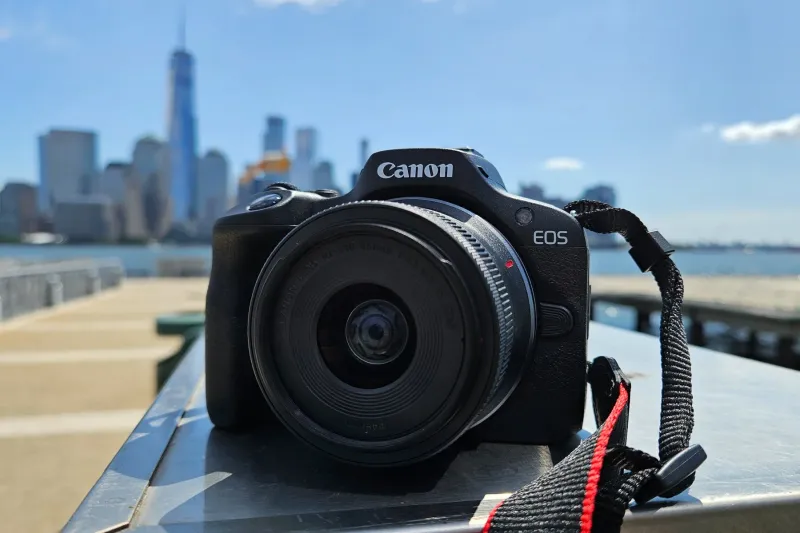
Canon built this camera for people who want serious photo quality without the bulk. Weighing just 356 grams, the R100 is the smallest body in Canon’s RF mirrorless lineup, making it incredibly easy to carry all day long.
The 24-megapixel sensor delivers sharp, colorful images that rival much bigger cameras. Auto modes handle exposure and focus so you can concentrate on composition instead of fiddling with settings.
Its RF lens mount opens the door to Canon’s growing collection of compact lenses. Perfect for travelers who want room-and-weight savings without sacrificing image quality on their first serious camera.
2. Canon EOS R50 (mirrorless, APS-C) — ~375 g (with battery/card)
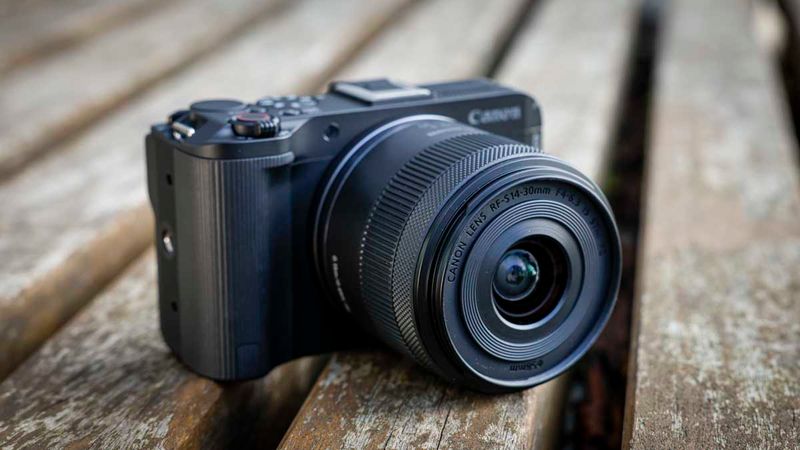
Flip screens change everything when you’re trying to nail that tricky angle or snap a quick selfie. The R50 brings that flexibility in a body that weighs barely more than a can of soda, complete with battery and memory card.
Canon’s guided interface walks you through settings in plain English, explaining what each adjustment does. The autofocus system locks onto faces and even recognizes pets, so your furry travel companions stay sharp in every shot.
At 375 grams, it disappears into small bags yet delivers professional-looking results that’ll impress everyone back home.
3. Sony ZV-E10 (mirrorless, APS-C) — ~343 g (with battery/card)
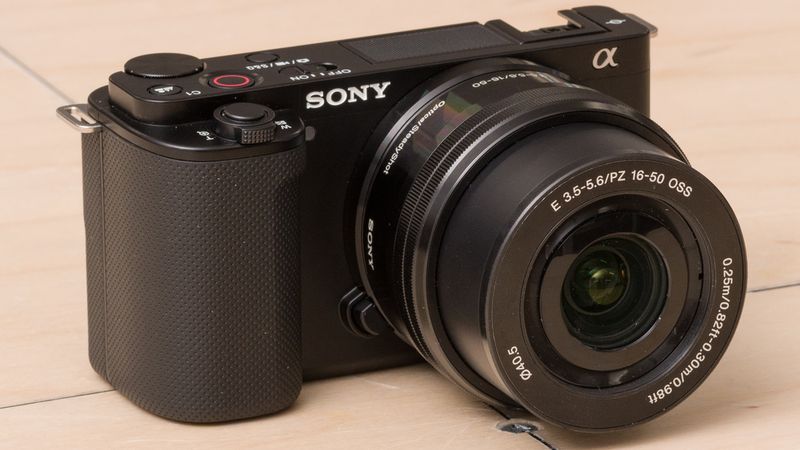
Sony designed this specifically for creators who shoot both stills and video on the go. Weighing 343 grams with everything installed, the ZV-E10 feels lighter than most water bottles but packs interchangeable-lens versatility.
The flip screen lets you frame yourself perfectly for vlogs or travel diaries. A microphone jack and USB-C charging mean you can upgrade audio quality and top up power from a portable battery pack during long sightseeing days.
Background blur happens at the touch of a button, giving your videos that cinematic look without needing a film degree.
4. Sony ZV-1 II (compact, 1-inch sensor) — ~292 g (with battery/card)
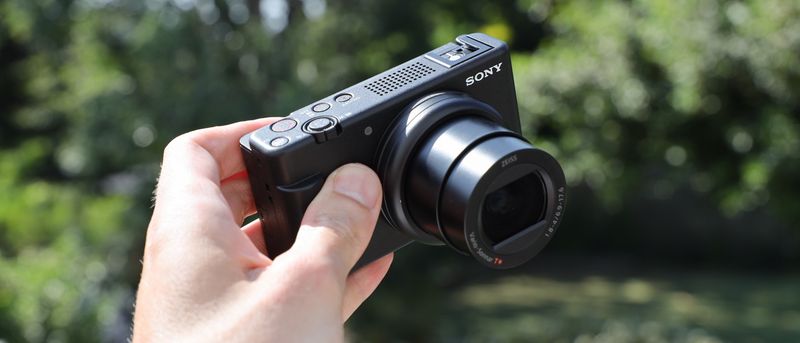
Smartphones are convenient, but this pocket rocket offers an 18–50mm zoom range that actually captures detail instead of digital mush. The one-inch sensor pulls in far more light than any phone, delivering cleaner images in dim cafes or evening streets.
At just 292 grams, it truly fits in a jacket pocket yet offers controls that help you learn photography fundamentals. Autofocus tracks subjects smoothly whether they’re standing still or moving through a busy market.
Auto modes handle the technical stuff brilliantly, so beginners get gorgeous results right out of the box.
5. Nikon Z30 (mirrorless, APS-C) — ~350 g (body)
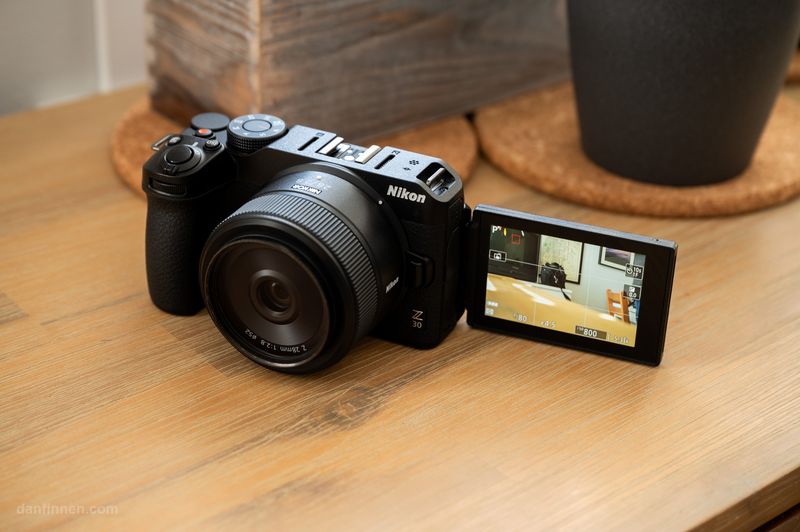
Nikon’s entry into ultra-portable mirrorless territory hits the sweet spot for travelers who value simplicity. The Z30 strips away unnecessary buttons and dials, leaving an interface that beginners can master in an afternoon.
Its flip screen makes self-recording effortless, whether you’re documenting hiking trails or city explorations. At 350 grams for the body alone, pairing it with a compact Z-mount lens keeps your total kit featherlight.
Auto modes work intelligently, adjusting to changing light conditions as you move from bright plazas to shadowy alleyways. Nikon’s reputation for color accuracy shines through in every shot.
6. OM SYSTEM OM-5 (mirrorless, Micro Four Thirds) — ~414 g (with battery/card)
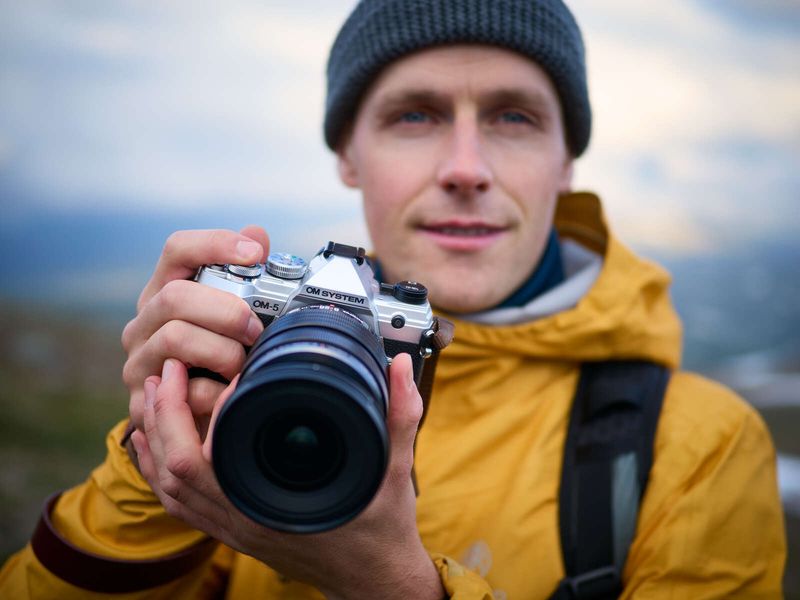
Rain, dust, and bumps don’t have to end your shooting day. The OM-5 brings professional-grade weather sealing to a body that weighs just 414 grams, making it ideal for unpredictable travel conditions.
Built-in computational photography features like Live ND and handheld high-resolution mode let you create effects that normally require expensive filters or tripods. The stabilization system is legendary—handheld shots stay sharp even in low light or while walking.
Micro Four Thirds lenses are typically smaller and lighter than other formats, so your whole kit stays manageable for all-day adventures.
7. Fujifilm X-S20 (mirrorless, APS-C) — ~491 g (body)
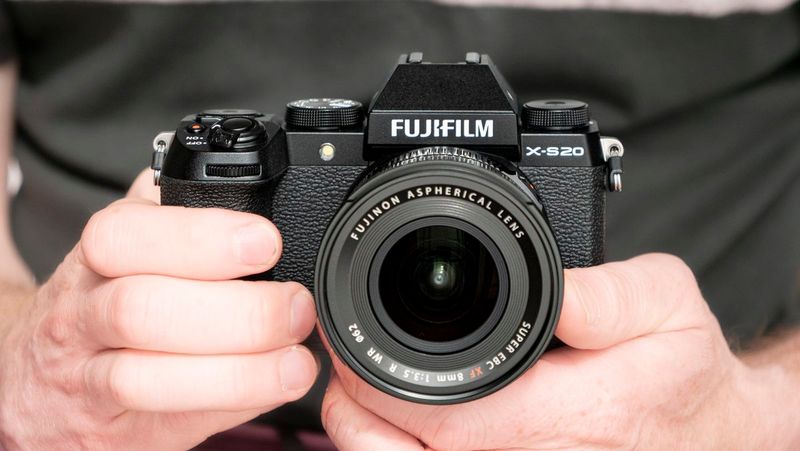
Fujifilm’s film simulations give your photos that classic look straight out of camera—no editing required. The X-S20 weighs 491 grams but feels balanced and comfortable thanks to thoughtful ergonomics.
A dedicated AUTO mode and specialized Vlog setting remove guesswork for beginners tackling their first serious camera. The battery lasts significantly longer than earlier Fuji models, so you won’t miss shots while hunting for charging outlets.
In-body stabilization helps compensate for shaky hands, and those signature Fuji colors make even casual snapshots look like they belong in a magazine. Learning becomes enjoyable rather than overwhelming.
8. Panasonic Lumix G100D (mirrorless, MFT) — ~304 g (body)
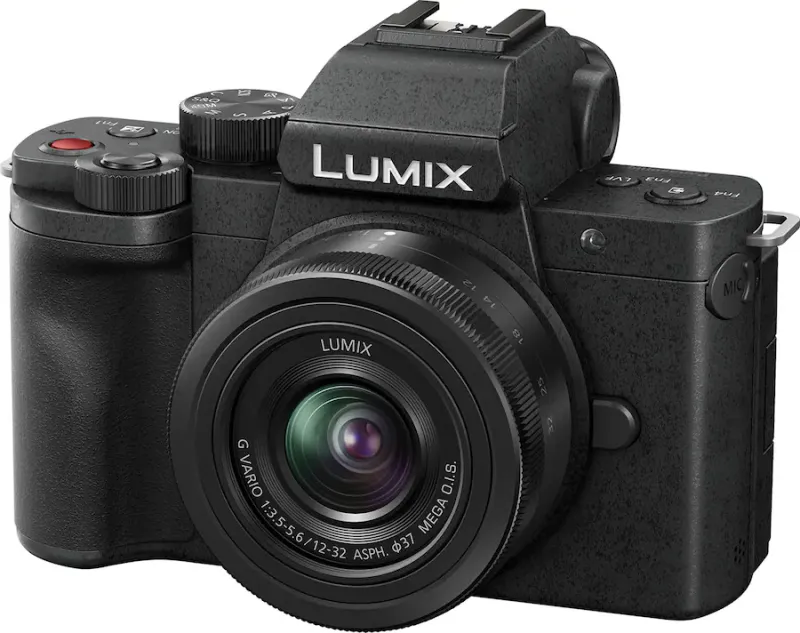
Among the lightest interchangeable-lens cameras you’ll find anywhere, the G100D tips the scales at only 304 grams for the body. That leaves plenty of weight budget for an extra lens or two in your travel bag.
The built-in multi-pattern microphone captures clearer audio than typical camera mics, which matters when you’re recording travel memories or learning video basics. An electronic viewfinder helps you compose shots even in bright sunlight when screens wash out.
Micro Four Thirds lenses match the body’s lightweight philosophy, creating a system that never feels like a burden during long exploration days.
9. Ricoh GR IIIx (compact, APS-C) — ~262 g (with battery/card)
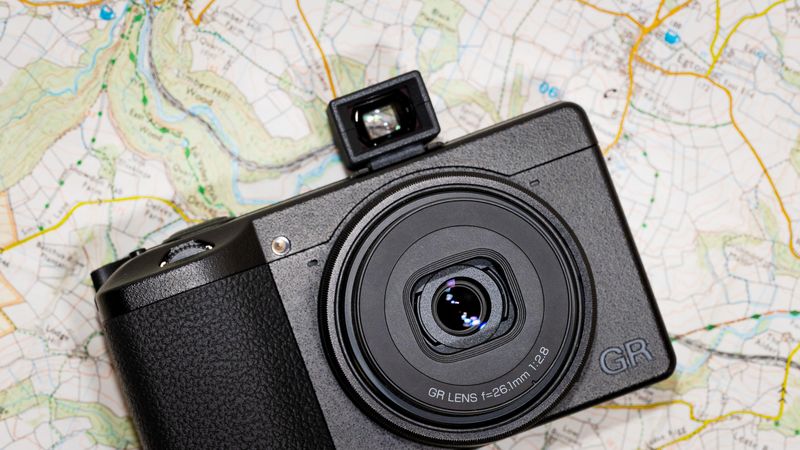
Some photographers swear by the discipline of a single focal length. The GR IIIx gives you a sharp 40mm-equivalent lens in a body that weighs just 262 grams and genuinely fits in jeans pockets.
The large APS-C sensor delivers image quality that embarrasses much bigger cameras. Controls are minimal and intuitive—perfect for focusing on the moment rather than menus.
Street photographers and travelers love how it disappears until you need it. No lens swapping, no intimidating size, just pure point-and-shoot simplicity backed by serious image quality. Beginners quickly learn composition fundamentals when zoom isn’t an option.
10. Leica D-Lux 8 (compact, 4/3-type sensor) — ~397 g (with battery/card)
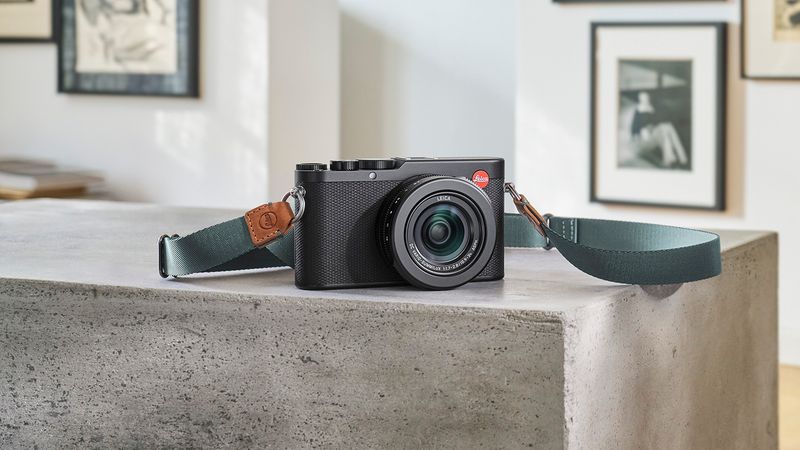
Leica’s legendary glass and build quality come in a package that actually fits small bags. At 397 grams, the D-Lux 8 feels substantial without being burdensome, and the fast zoom lens gathers plenty of light for indoor and evening shooting.
Controls are straightforward and tactile, with physical dials that help you understand how aperture and shutter speed affect your images. The sensor size strikes a nice balance between portability and performance.
Yes, it carries a premium price, but the combination of optical quality and compact design makes it special for travelers who appreciate craftsmanship.
11. Canon PowerShot V10 (ultra-compact vlogging camera) — ~211 g (with battery/card)
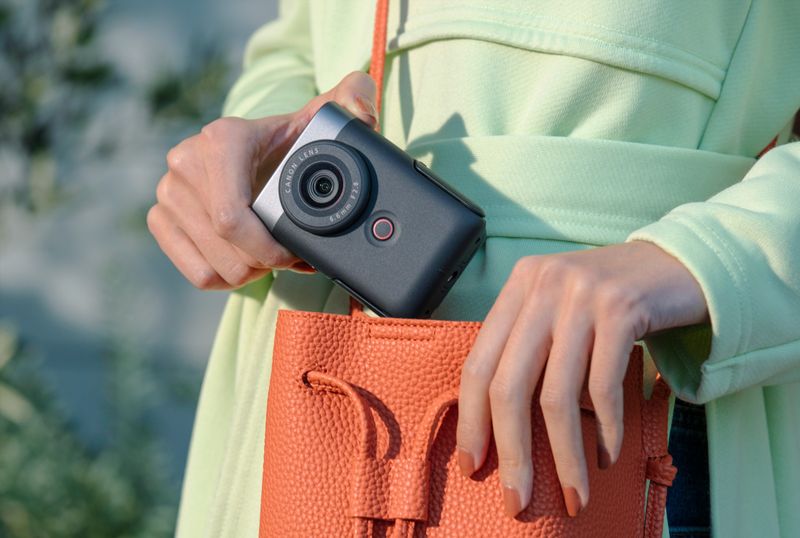
Imagine a camera that stands up by itself and weighs less than a smartphone with a case. The V10 redefines pocket-friendly at just 211 grams, with a design built specifically for quick video capture and simple photos.
The big flip screen shows exactly what you’re recording, and the self-standing body means no tripod hunting. Controls are stripped to essentials, so you spend seconds setting up instead of minutes.
Perfect for travelers who want effortless documentation without carrying traditional camera gear. Slip it in any pocket and pull it out whenever something interesting happens—no bag required.
12. DJI Osmo Pocket 3 (gimbal camera) — ~179 g
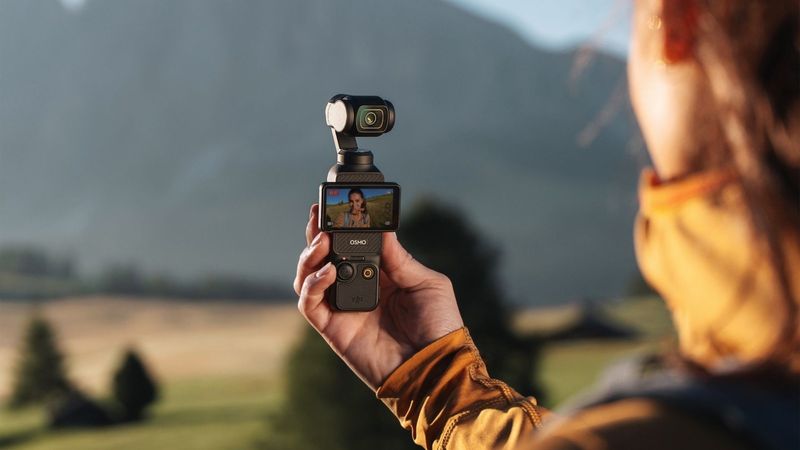
Silky-smooth video usually requires expensive stabilizers and practice. DJI packed a one-inch sensor and 3-axis gimbal into a device that weighs just 179 grams and fits in your palm.
No learning curve needed—the motorized gimbal automatically compensates for every shake and wobble. Walking tours, travel vlogs, and quick selfies all look professionally stabilized without any effort on your part.
The rotating screen adapts to any shooting angle, and 4K quality ensures your footage stays sharp on any screen. Beginners get cinematic results from day one, making this tiny tool a travel game-changer.
13. GoPro Hero 13 Black (action camera) — ~154 g
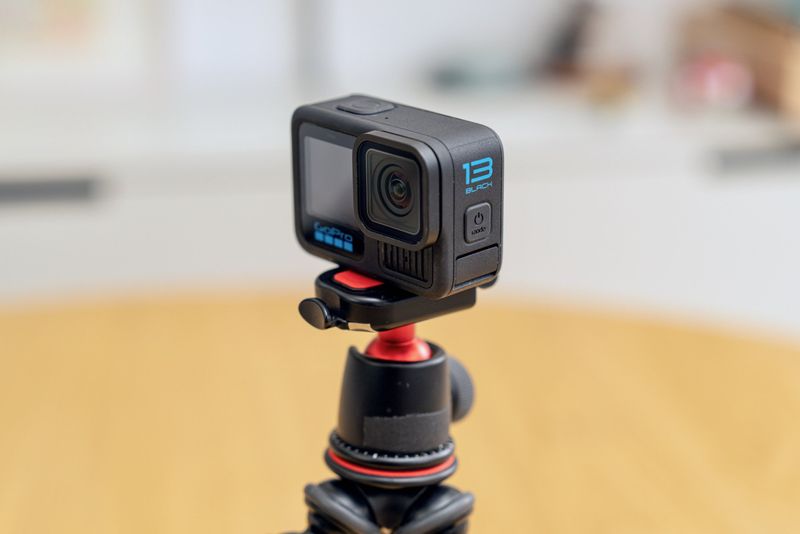
Adventure happens in places regular cameras fear to go. The Hero 13 Black weighs a mere 154 grams yet survives water, drops, and dust that would destroy traditional cameras.
Stabilization technology keeps footage smooth even during mountain biking, kayaking, or hiking rough trails. The massive accessory ecosystem means you can mount it virtually anywhere—helmets, chests, handlebars, or selfie sticks.
Simple touch controls and automatic modes let beginners capture incredible action without studying thick manuals. Waterproof without a case means spontaneous beach and pool shots happen worry-free. Timelapses, slow motion, and standard video all work brilliantly.
14. Insta360 Ace Pro 2 (action camera) — ~177 g
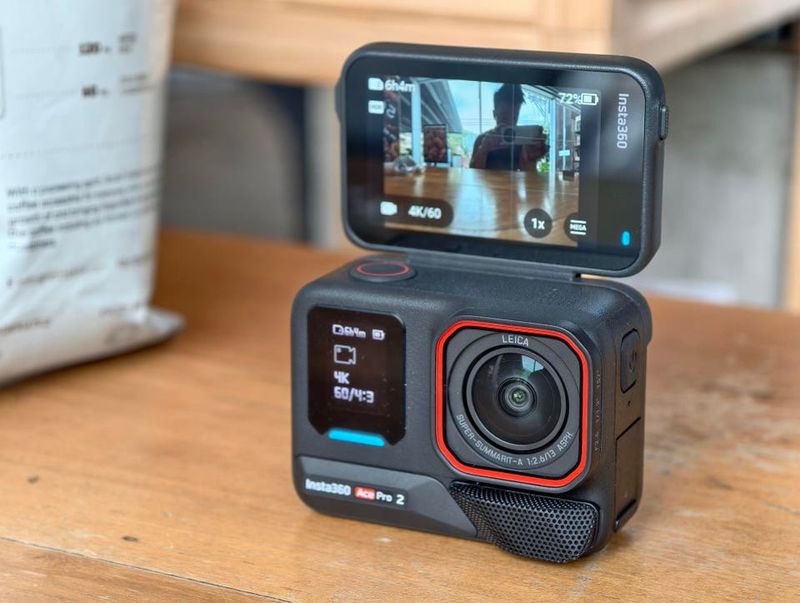
Action cameras traditionally make framing yourself nearly impossible. Insta360 solved that by adding a flip screen to a rugged body that weighs 177 grams, creating an action cam that’s actually beginner-friendly.
Eight-K capture might sound like overkill, but it means you can crop and reframe footage later without losing quality. Strong low-light modes help when adventures extend into evening hours or shadowy forests.
The screen eliminates guesswork—you see exactly what you’re recording. Simple operation means less time adjusting settings and more time enjoying your travels, whether you’re snorkeling, hiking, or just exploring new cities.
15. OM SYSTEM Tough TG-7 (rugged compact) — ~249 g (with battery/card)
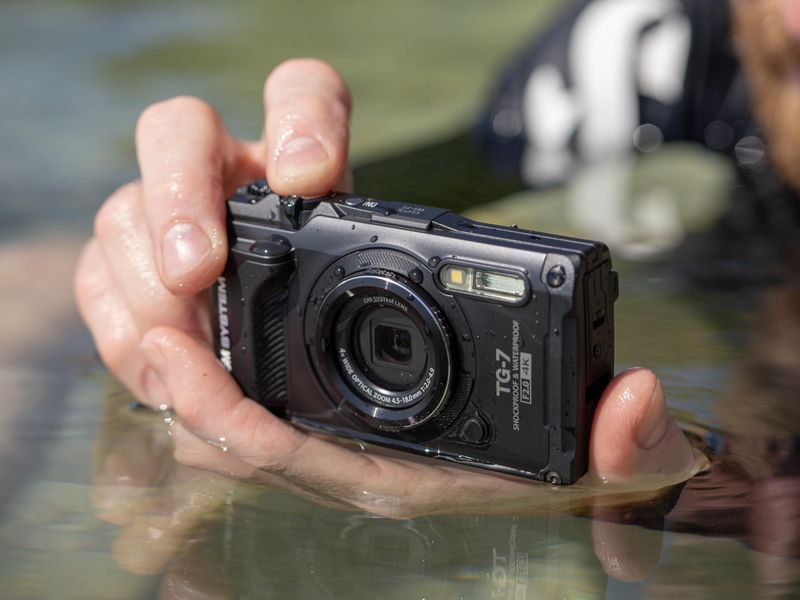
True point-and-shoot simplicity meets go-anywhere toughness in this 249-gram wonder. Waterproof to 15 meters, shockproof from 2.1-meter drops, and freeze-proof to -10°C—the TG-7 laughs at conditions that sideline other cameras.
Beach sand, ski slopes, snorkeling adventures, and muddy trails pose zero threat. No cases or special housing required; just turn it on and shoot.
Macro modes reveal tiny details like insects and flowers with surprising clarity. Beginners appreciate never worrying about protecting their camera, freeing them to focus entirely on capturing memories in any environment. Truly liberating for adventurous travelers.

